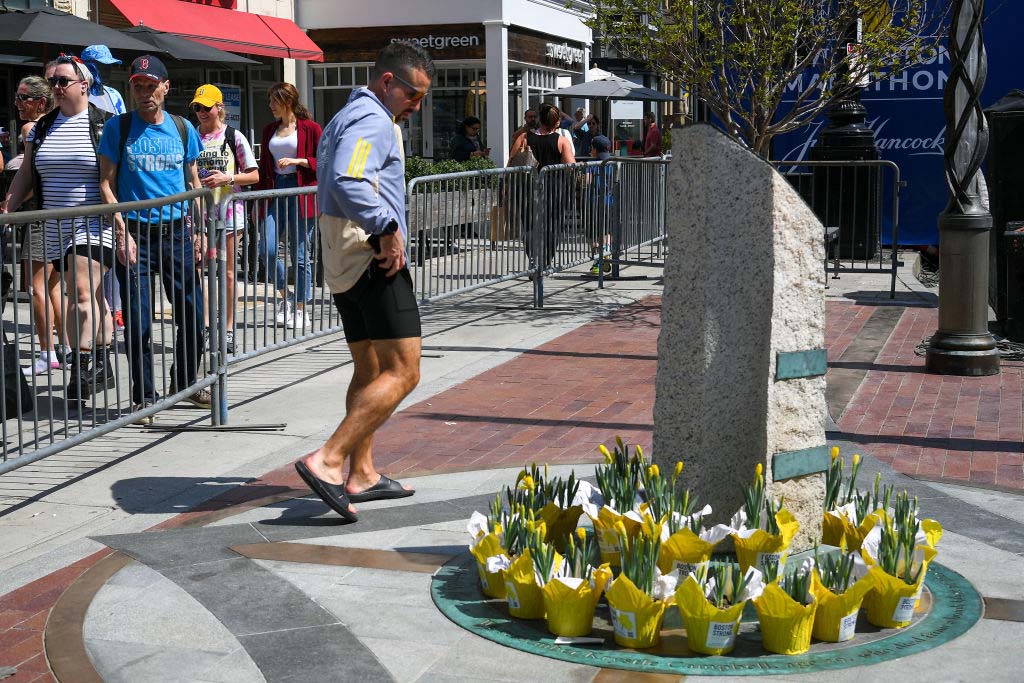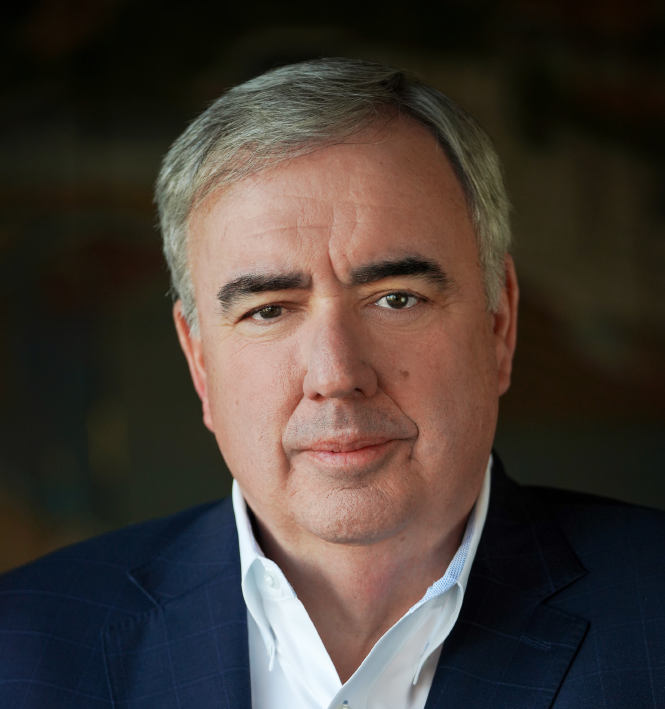FirstNet Makes America More Secure in an Insecure World (Guest Blog)
Boston’s former police commissioner on how 10th anniversary of Boston Marathon bombing underscores key role of Nationwide Public Safety Broadband Network

It’s been a decade since the city of Boston and surrounding communities were forever changed. We continue to mourn the loss of Lu Lingzi, Krystle Campbell, and Martin Richard, who died on April 15, 2013, at the scene of the Boston Marathon; care for those still reeling from the day’s emotional and physical scars; and honor the legacies of fallen MIT officer Sean Collier and Boston Police Sgt. Dennis Simmons, whose lives were claimed during a multi-day pursuit of the bombers. And this week, during National Public Works Week, the public safety community looks back on its response during this tragedy, for which we worked hand in hand with our nation's public works officials.

Ten years ago, communication challenges for public safety and public works officials stemmed from commercial cellular networks being rendered unusable due to the massive influx of calls and texts by the public. As Boston Police Commissioner at the time of the bombings, I can say this left leadership, incident command and those at the scene with limited visibility, hampering our coordination and management of the incident. While preexisting training and situational instinct kicked in, saving hundreds of lives, I knew we had to do better.
Thankfully, the government has made significant improvements to cybersecurity, border security and emergency response planning since 2013. Advancement in technologies, more comprehensive planning and increased public education and awareness have been supported by many public-private partnerships and innovative companies. And in Boston specifically, lessons learned from the bombing significantly strengthened how law enforcement, public works officials, the media and the community respond to grave incidents.
After transitioning to the private sector, I joined AT&T’s Board of Advisers and saw the company’s public-private partnership surrounding FirstNet bring to life the nation’s wireless communications network designed and built for our first responders — and used by public works to deploy resources and people, track work orders, and communicate with staff in the field. The result? The ability of emergency medical technicians (EMTs), paramedics, firefighters, police officers and public works officials to communicate on-scene drastically improved. The development of FirstNet was conceived by Congress following 9/11 and came to fruition in 2012 when Congress created the First Responder Network Authority (FirstNet Authority). I worked with congressional leaders on this solution for decades, and I sincerely thank Congress for that vital legislation.
Six years later, in 2018, AT&T launched the dedicated FirstNet network core, a physically separate and highly secure infrastructure that’s essential to providing many of the vital functions and capabilities public safety and public works rely upon to support their mission-critical work. Today, first responders finally have access to reliable, dedicated connectivity when they need it most.
At the recent 10-year anniversary of the Boston Marathon bombing, FirstNet was on-scene at the race, providing a Cell on Wheels (think portable cell tower) to increase the capacity for communications among first responders. A critical pillar for homeland security and emergency preparedness, it enabled the location identification of all medical personnel in the area, bolstered redundancy and resiliency for emergency communications, and helped establish a common operating picture.
Today, perhaps more than ever, external threats to first responders’ communications remain. By design, FirstNet provides first responders with critical preemption and multiple tiers of priority that can be assigned to specific users and for specific applications at the local level. Amidst network congestion, such as during a crisis, public safety’s Band 14 spectrum is automatically cleared and reserved for public safety on FirstNet to ensure emergency communications can take place. This encrypted, end-to-end communications network is vital for modern day preparedness and response.
The smarter way to stay on top of the multichannel video marketplace. Sign up below.
As I testified before the Senate Homeland Security Committee last month, federal, state and local law enforcement leaders must now evaluate the role that FirstNet can play in closing America’s remaining gaps in homeland security. To me, it’s clear that FirstNet should be fully leveraged for dedicated connectivity, as a common platform for public safety and public works communications. FirstNet, the Nationwide Public Safety Broadband Network established by the federal government, is a successful, bipartisan solution that’s enhancing safety and emergency readiness for the federal government, states, cities and towns across the United States, to which first responders dedicate their lives. In a world challenged by the proliferation of security threats, let’s double down on our nation’s emergency preparedness.
Ed Davis has been in law enforcement for 35 years. Davis served as the Police Commissioner of the City of Boston from December 2006 until October 2013 and led the city’s highly successful response to the Boston Marathon bombing.
